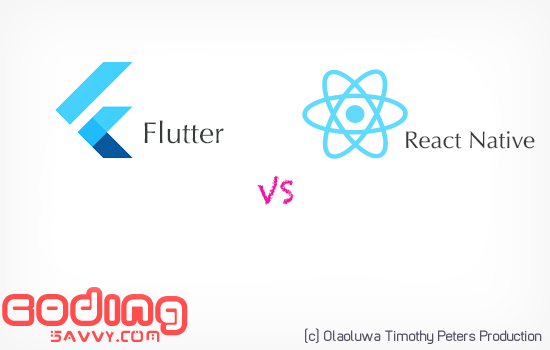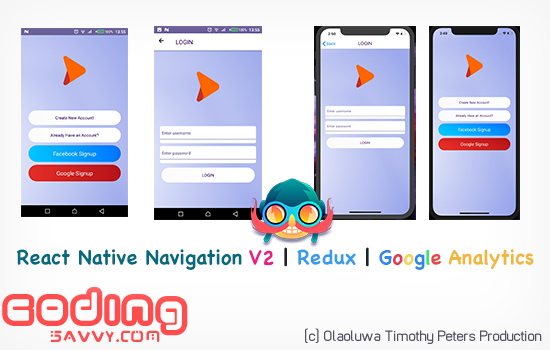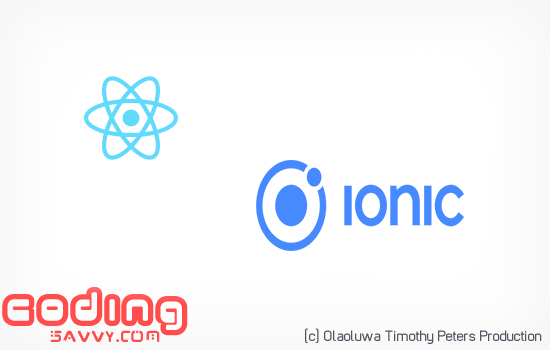"A compelling reason for using React Native instead of WebView-based tools is to achieve 60 frames per second and a native look and feel to your apps."
Performance issues in React Native apps have been noticeable to developers, Even though the React Native team is trying their best, Most of these have to do with React itself and how it works. Rendering at 60FPS (Frame Per Seconds) is possible but due to some unethical coding style can make state and render very very expensive, Rendering and loading of assets can draw back React Native app Speed, Overall app performance will also take some hit.
We are going to look into 8 simple ways we can increase the speed of React Native application, These are derived from what other developers have done and my experience with React Native.








